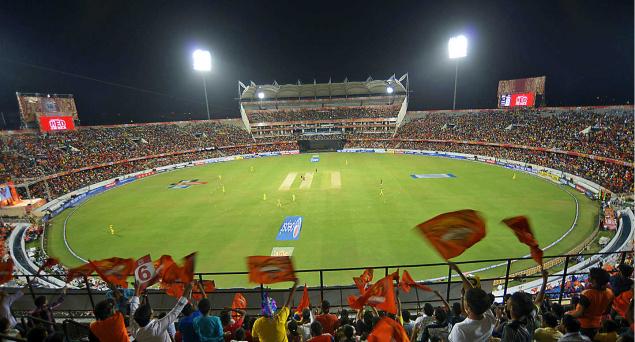T20 cricket has come a long way since its first official match was played in June 2003 between the English counties. T20 World Cup helped to popularize the format while its fame also received a big boost due to T20 leagues like the Indian Premier League, the Big Bash League and the Pakistan Super League etc.
Now teams spend a lot of money and energy in the planning and strategy of T20 matches, which were initially derided as pyjama cricket. Franchises work meticulously and use numbers to improve different aspects of the game. Particularly in tournaments like the IPL, data analysis is revolutionizing the game. It is now employed by teams for recruitment, selection and tactics.
Mumbai Indians have the distinction of being the most successful team in the history of IPL. Their successes are largely due to the smart use of data, according to famous journalist Tim Wigmore.
“Mumbai Indians’ success has been rooted in out-thinking their opponents,” says Wigmore. “They are excellent at doing it before they even get to the auction table.
“They’ve got a very good idea of how to assemble a team because they’ve used data to establish the best strategy. Then they have a really strong scouting system that allows them to chase all of the most undervalued domestic talent.
1- Time
Time has become very precious in the modern world where people have plenty of work engagements. Therefore, they can only afford to spend a little time on fun and leisure activities.
Test matches continue for five days, making the format less suited to the needs of cricket fans. While T20 matches last for only about 3.5 hours and that makes it convenient for people to watch an entire match. Since the format is highly suitable to the entertainment needs of cricket enthusiasts, it is little wonder that the popularity of T20 is also increasing.
For first-timers, it seems a very attractive option as the games are short and the spectacle is great.
2- Spectacle
In Test and ODI matches, batsmen play very cautiously with keeping wickets in hand their main concern. Therefore, spectators only get to watch an occasional six or four.
Things are vastly different in T20 cricket where it’s all about explosive hitting. Batsmen throw all the caution to the wind and try to smash boundaries and sixers on every few deliveries. This makes for a great sporting spectacle, and people in the stadium as well as those watching on television immensely enjoy it.
These T20 games are often played in conditions more favourable to the batsmen, and so the batters make full use of that advantage to provide a good display for the fans. Teams also prefer power hitters who can swing the momentum to their side in a few overs through their destructive batting. Bowlers often resort to Yorkers or slow deliveries, but that can also backfire, allowing batsmen to hit 4s and 6s.
3- Fast-paced nature
The defensive and slow nature of Test cricket doesn’t make a great spectacle to the television audience. Fans have to endure long, dull periods where nothing happens, with batsmen only thwarting the bowlers’ moves and not attempting something new and interesting by themselves.
The matches become very uninteresting sometimes in ODIs as well, especially when one team loses a couple of early wickets and they become very defensive. However, T20 games rarely become dull and mostly provide a great sporting spectacle. Batsmen always look to hit boundaries and sixers, without worrying a lot about losing their wickets. Consequently, spectators either get to see explosive hitting or the fall of wickets and so they get a good display in both cases.
Due to the fast-paced nature of T20, the momentum of the matches can turn very quickly. Just a single good over can bring the losing team back in the game, while a bad over can cause irreversible damage to the prospects of the winning team. Spectators in the stadium and the TV audience always get good value for their time and effort in T20 matches.
One cannot get such excitement and thrill from any other sporting event. Even viewing football matches and Premier League goal leaders in action cannot give one the same thrill.

